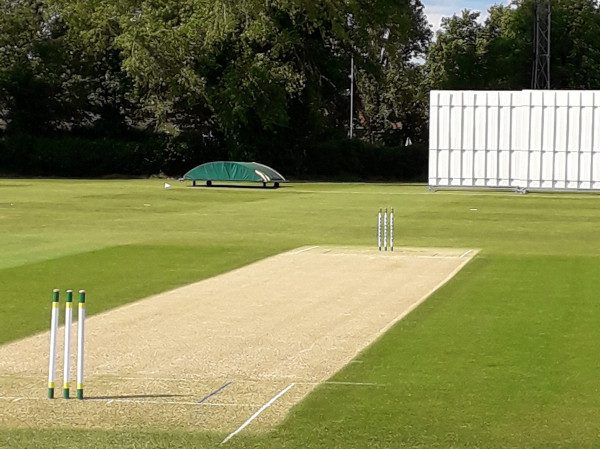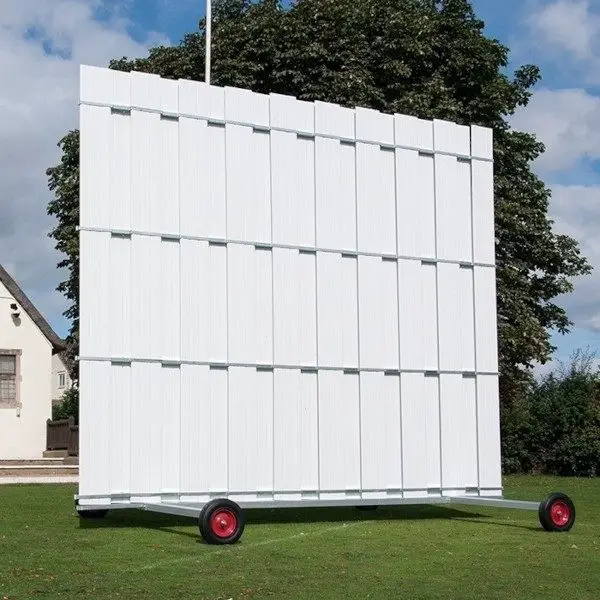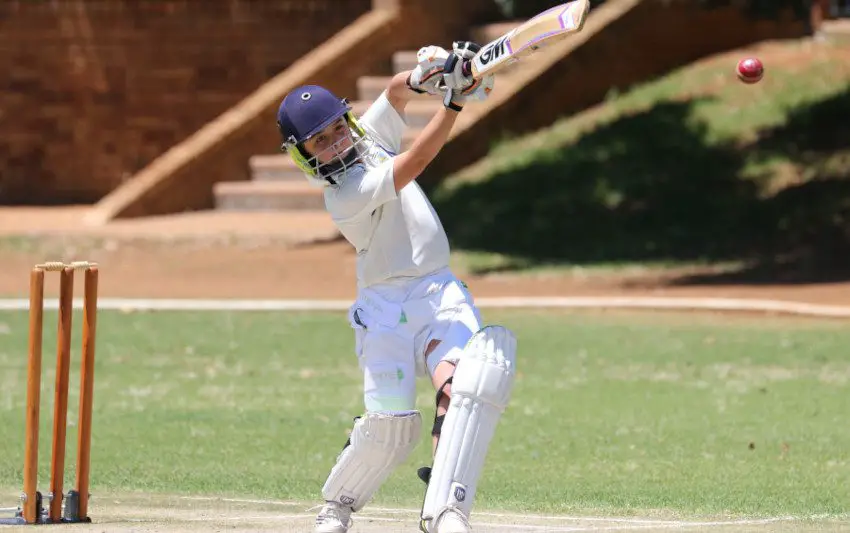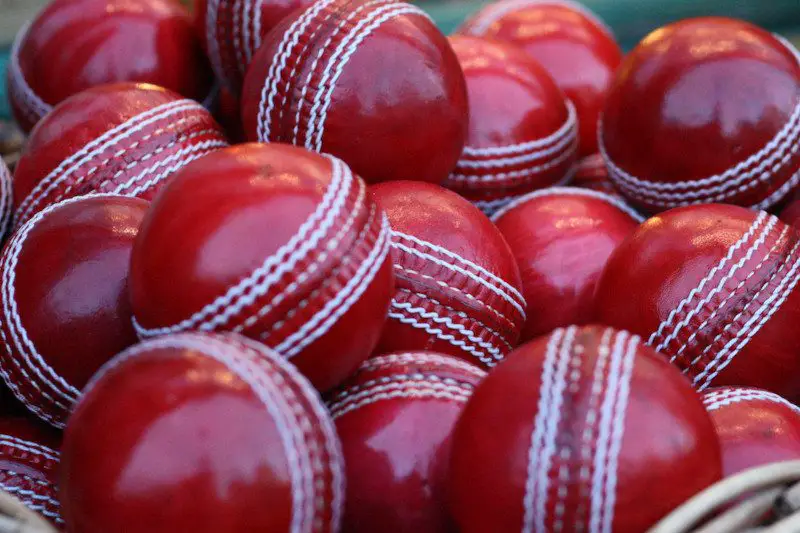Table of Contents
Batsmen need them, fielders hate moving them but why are sight screens so vital to the game of cricket?
What is a Cricket Sight Screen?
A sight screen is a piece of cricket equipment, usually made of wood or polycarbonate. It’s a large rectangular board mounted on wheels and it is placed behind the bowler’s arm.
A contrasting colour to the cricket ball means that the batsman has a clearer line of sight as the ball is delivered.
The sight screen should be positioned behind the bowler’s arm at the point that he or she would release the ball in their normal delivery.

What is the Size of a Sight Screen in Cricket
A sight screen in club cricket may typically measure 4.5 metres by 4.25 metres so it’s virtually square. In professional cricket, screens will be much bigger to cover both sides of the wicket. They can be up to 25 metres wide in some cases.
In terms of size, there are no formal regulations and screens are made in a range of dimensions. They should simply be large enough to cover that area of delivery and allow for any deviation as the bowler moves around the crease.
Sight Screen Colour in Day/Night Matches
Limited overs cricket games are played with a white ball so the standard white sight screens will be of no help to the batsmen. That’s why black screens are used uniformly throughout professional cricket, for One Day and T20 games and any that involve day/night matches.
Often, you will see that clubs have placed a long black sheet over their existing sight screen. At the top grounds, purpose built black screens might be in evidence.

The Importance of Using a Sight Screen
A sight screen isn’t just there to make the batsman’s life easier. It can also help to guard against serious injury. Visibility is key to seeing the ball and making a choice of which shot to play. Against a crowd, empty seats or a natural setting such as trees, there is a chance that the batter will not be able to see the ball properly and they might get hit.
In summary, a sight screen helps to make a more even contest between bat and ball.
Is It Mandatory to Have a Sight Screen?
It is not compulsory to have a sight screen and no law within the game states that a club must have one. At lower levels, particularly in village cricket, they may well be absent.
A general law relating to dangerous conditions could, conceivably, cover this point. With professional fast bowlers delivering the ball at speeds in excess of 90 mph, it’s unlikely that any batsman would consider the game safe if there were no sight screen.
Moving the Sight Screen
If you’ve ever played cricket at club level then you’ll be familiar with the chore of moving a sight screen. Rolling a heavy piece of equipment is usually a two or three man job and you’re desperate for the batsman to tell you to stop.
A screen may need to be moved if there is a change of bowler at the end in question. A right arm over bowler could replace a left arm over teammate and deliver the ball from the other side of the umpire.
Alternatively, a bowler is free to change their line of delivery at any stage. So, for example, they may switch to right arm round from right arm over, particularly if a left hander comes to the crease.
Top level, professional sight screens might be moved automatically by the ground staff while, at lower levels, fielders are more likely to take on the task.
Types of Cricket Sight Screens
Professional Sight Screens
Professional sight screens are usually larger structures and will typically be made of polycarbonate. Not all of them are big enough to cover both sides of the wicket so they are often placed on tracks so they are easier to move.
They are unlikely to be free standing structures unless they are located on the smaller professional grounds.
Club Cricket Sight Screens
The style of sight screen used will depend on the club in question. Most will be able to raise funds to purchase higher grade polycarbonate items or they may have wooden equipment which has lasted for several years.
Keep in mind that many clubs will have at least two pitches so this can be a significant expense.
Village Cricket Sight Screens
Some village cricket grounds don’t even have sight screens. Unless the club is flushed with funds or has a rich benefactor, they may see them as an unnecessary expense.
Most village clubs will, however, have two screens in place: They may be the older, wooden variety which needs a coat of paint each year or they may have upgraded to polycarbonate.
With more grants around for sports clubs these days, it’s easier to put sight screens in place.


